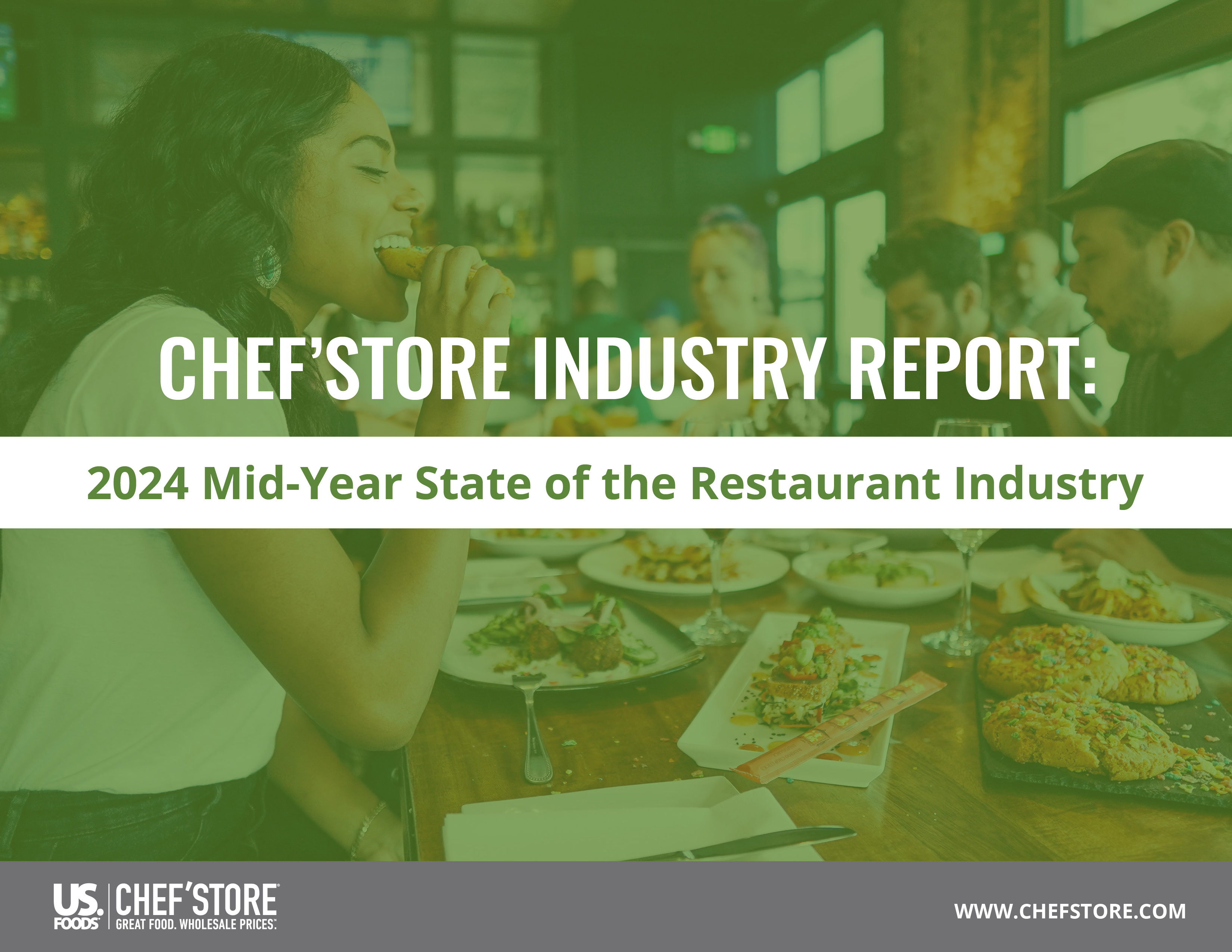
|
4 Common Restaurant Startup Mistakes
June 19, 2024

Opening a restaurant is an exciting endeavor! It takes a lot of planning, savvy marketing, and hard work, but when everything comes together, all the blood, sweat, and tears are worth it!
However, the first year of a restaurant's life can be a rollercoaster ride of challenges and triumphs. Without proper preparation, owners can find themselves in a whirlwind of unexpected issues. But fear not, with a solid plan in place, restaurants can navigate these common pitfalls and emerge stronger than ever.
Download Our Industry Report:
2024 Mid-Year State of the Restaurant Industry
Avoid These 4 Mistakes When Opening a Restaurant
While it's true that one out of three restaurants fail in their first year, this doesn’t have to be your story. By steering clear of common, and costly, mistakes, you can propel your restaurant into a successful future.
Common Mistake #1: Insufficient Capital
Unpredictable costs are a reality for restaurants, especially within the first year. Equipment can break down, utensils can go missing, glassware can break, and employee turnover costs can happen. Beyond that, building a reputation and driving customers to your door can take a little while.
Going into your first year, you must ensure you have all your monetary bases covered so you aren’t scrambling to cover costs.
Solution: Plan a Detailed Budget
Outline all predictable operational expenses, such as rent or mortgages, utilities, staffing, and initial equipment. Research typical costs and potential inflation rates. Plan out the costs, then add extra money into the mix based on your area.
You can also start out with some money-saving tricks to extend your capital further.
- Consider an advanced POS system, like Toast, that helps manage operational costs and offers scalability options that grow with your business.
- Partner with a restaurant supply store that offers bulk pricing and one-stop shopping.
Common Mistake #2: Overly Elaborate Menu
One of the main pitfalls a young restaurant makes is going too big on its debut menu. While customers love variety, that doesn’t mean your menu must be overly complex or too expansive. Too many dishes with long ingredient lists can result in food waste, costing restaurants 4 to 10 percent of purchased food. Furthermore, complicated dishes can back up the kitchen, causing long ticket times, which can negatively impact the customer experience.
Solution: Scale Back Selections
Smaller menus allow restaurants to hone their brand and present their best dishes. From a customer perspective, getting quality food promptly is well received. From a food cost standpoint, having a pared down menu allows eateries to re-purpose ingredients, reducing food waste. Streamlined menus also allow you to see what menu items are customer favorites.
Common Mistake #3: Missed Staff Training Opportunities
Restaurant-goers become repeat customers for many reasons, including food and hospitality. Establishments that don’t fully train their staff miss an opportunity to create a welcoming and professional atmosphere that will keep guests coming back for more.
Solution: Get Staff on the Same Page
Investing in staff training is not just about creating a professional atmosphere, it's about building a team that enhances the guest experience, boosts your restaurant’s reputation, and keeps your team engaged. By training your staff on your menu, dietary restrictions, and opening and closing duties, you're setting them up for success and ensuring a safe, clean environment for your guests.
Common Mistake #4: Lack of Marketing Strategy
In the bustling world of food business, overlooking marketing can be costly. Marketing is vital for any business to succeed, however, restaurants have unique marketing needs. From enticing menu descriptions to captivating social media presence, every aspect plays a role in drawing customers, so it’s a good idea to plan a strategy alongside your business plan.
Solution: Find the Marketing Mix That Fits
Craft a strategy that highlights your brand identity, leverages local partnerships, utilizes digital platforms effectively, and fosters customer engagement. Social media is crucial to gain attention, but there are lots of avenues to get your name out there, including:
- Newsletters
- Delivery Apps
- Tripadvisor
- Yelp
Business and Food Solutions from US Foods CHEF’STORE
CHEF’STORE has been supporting our culinary community since 1955. We provide exceptional ingredients and cooking equipment at competitive price points to help you save on startup costs. Need helpful business resources such as design services and staff training assistance? We have that, too!
Visit us today at one of our locations near you!
Download Our Industry Report: 2024 MID-YEAR STATE OF THE RESTAURANT INDUSTRY
